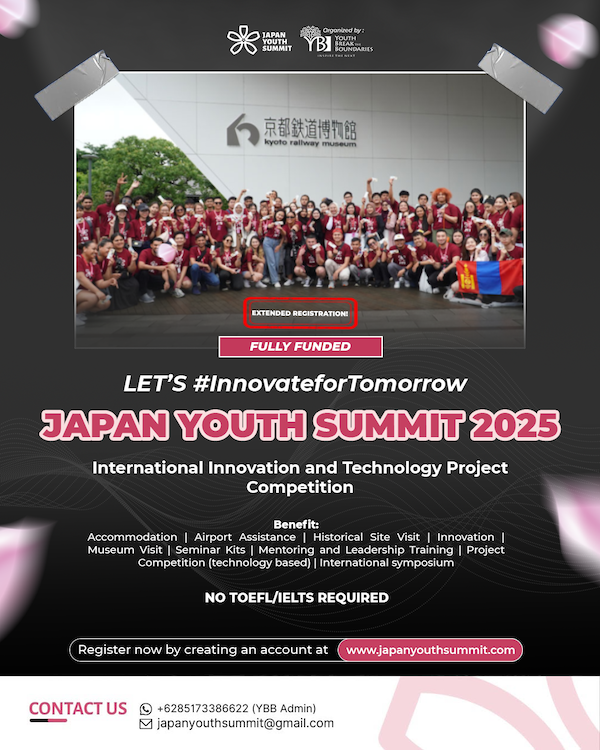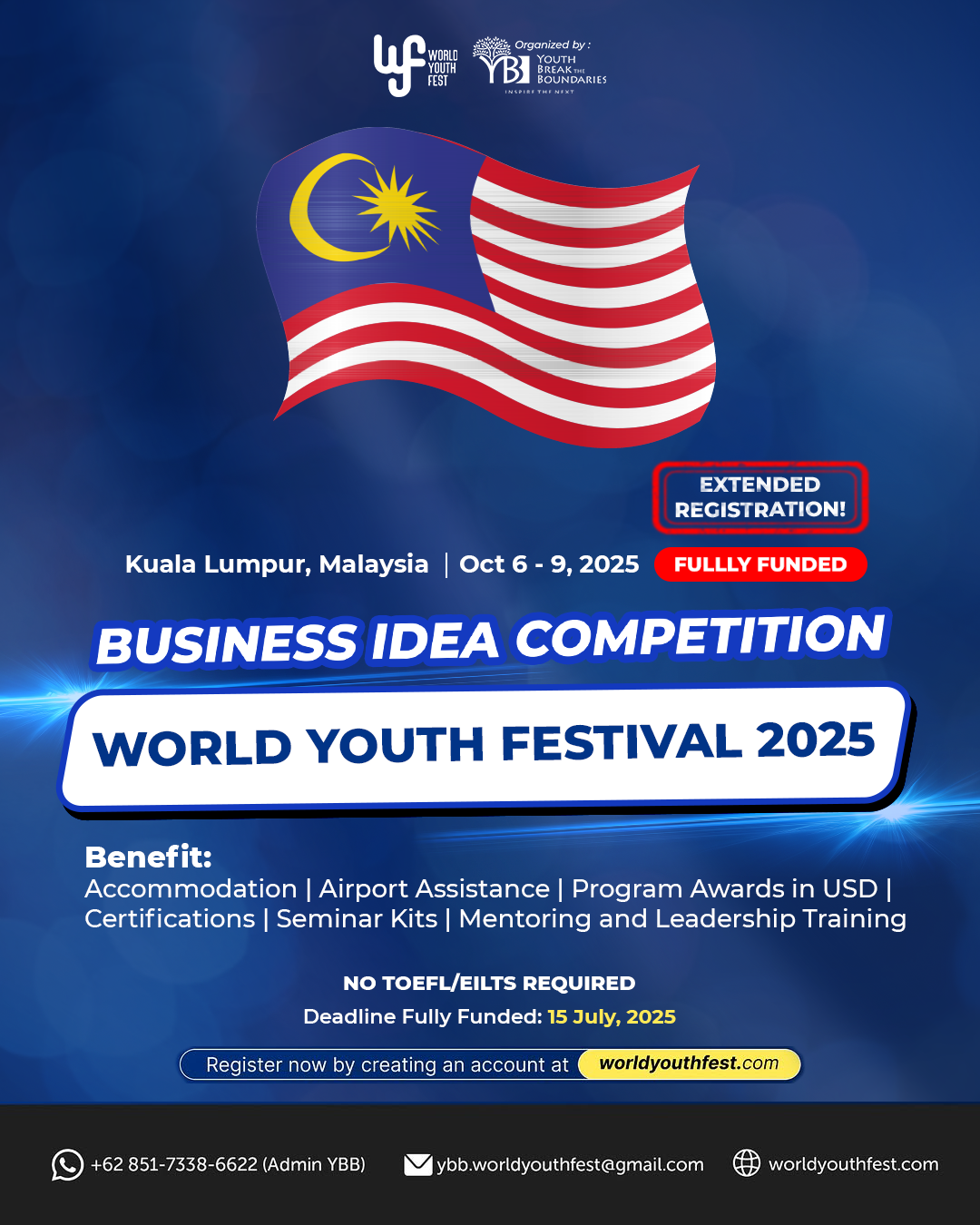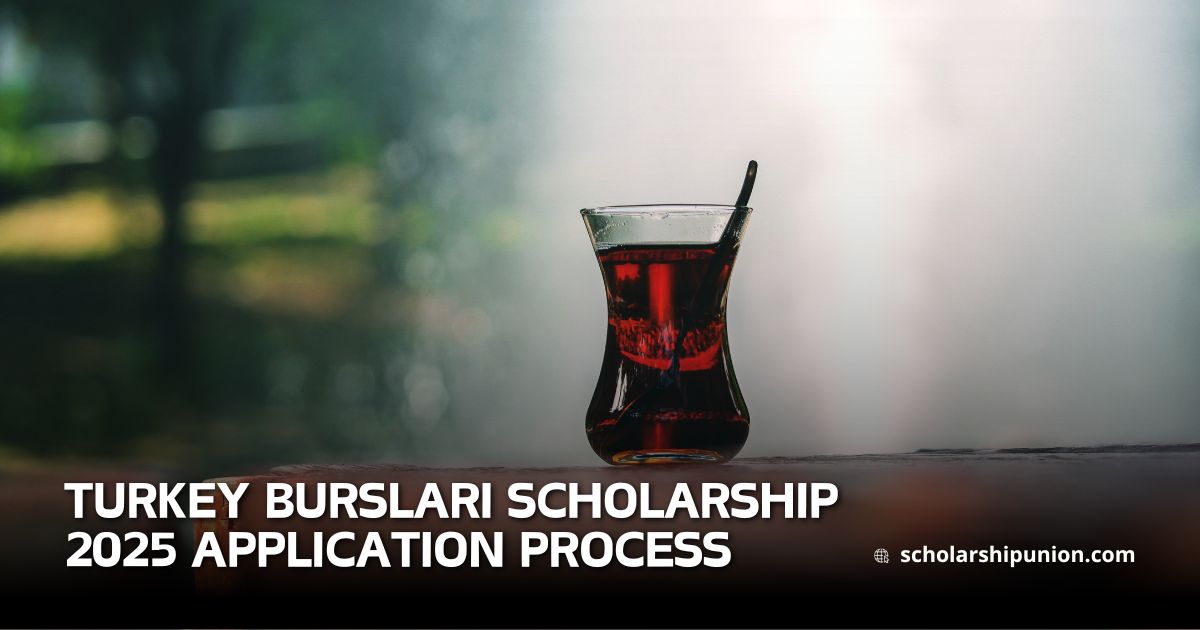The Fulbright Scholarship Reference Letter is a crucial part of the prestigious international exchange program. It provides opportunities for students, scholars, and professionals to study, research, or teach abroad.
A key element of the application process is the reference letter, which can greatly impact the selection committee’s decision.
Crafting a Fulbright Scholarship reference letter requires careful consideration and preparation. It’s essential to go beyond merely praising the applicant. Instead, focus on delivering a detailed, personalized endorsement that showcases the applicant’s qualifications for the program.
This guide will help you with the process. It offers step-by-step instructions, tips, and examples. These will help you create a strong recommendation.
Whether you’re a professor, mentor, employer, or professional tasked with writing a reference letter, this guide is for you. Let’s dive in and learn how to write an effective Fulbright Scholarship reference letter.
Table of Contents
Understanding the Fulbright Scholarship
The Fulbright Scholarship promotes cultural exchange and international collaboration. Established in 1946, it operates in more than 160 countries worldwide. It aims to increase mutual understanding between the people of the United States and other nations. Check also: Fulbright Scholarship 2025 in USA | Fully Funded Opportunity
Applicants include students, artists, and professionals pursuing various disciplines. The scholarship funds academic study, independent research, and teaching assistant opportunities abroad. As a prestigious award, it is highly competitive, attracting talented individuals who seek to make a global impact. Knowing the mission helps you understand what qualities are needed in a Fulbright candidate. This is important when writing your reference letter.
The Role and Impact of a Reference Letter
A reference letter significantly influences the Fulbright selection committee. It provides insight into the applicant’s character beyond academic achievements. This personal perspective is vital in differentiating candidates.
The committee values letters that highlight leadership, adaptability, and cultural awareness. A well-structured and compelling letter can sway committee opinions. It corroborates the applicant’s statement, providing a well-rounded evaluation.
Your endorsement and examples reinforce the applicant’s suitability for the scholarship. By emphasizing strengths and addressing potential doubts, the letter boosts the candidate’s chances. A thoughtful reference letter can be pivotal in a competitive selection process.
Qualities Fulbright Looks for in Candidates
The Fulbright Program seeks candidates who demonstrate academic prowess and leadership potential. Commitment to mutual cultural understanding is also a key quality they desire. Successful candidates embody the ability to adapt and thrive in diverse settings.
Fulbright values individuals who can act as cultural ambassadors. Candidates should possess strong communication skills and a passion for building international bonds. Demonstrating problem-solving abilities and a forward-thinking mindset is essential. These qualities indicate the potential for making a meaningful global impact.

Structuring Fulbright Scholarship Reference Letter
Structuring a Fulbright Scholarship reference letter effectively is crucial for clear communication. The letter should be concise yet comprehensive. It typically follows a three-part structure: introduction, body, and conclusion.
Begin with a strong introduction to capture the reader’s attention. This section should establish who you are and your connection to the applicant. It sets the tone for the rest of the letter.
The body is the heart of your letter, where you detail the applicant’s achievements and skills. Provide specific examples that highlight their readiness and suitability for the Fulbright experience.
End with a powerful conclusion that reaffirms your support. Summarize the applicant’s strengths and potential impact as a Fulbright scholar. A brief list can help ensure you cover all key points:
- Strong opening statement
- Detailed examples and achievements
- Clear endorsement and summary
Introduction: Crafting a Strong Opening
The introduction of the reference letter is pivotal. It should immediately establish your credibility as the applicant’s referee. Mention your name, title, and relationship with the applicant.
Your opening lines should also set a positive and confident tone. Highlight the impressive qualities of the applicant. Avoid generic phrases, instead, provide a specific and engaging snapshot of who the applicant is.
An engaging introduction not only piques interest but also encourages the reader to view the applicant favourably. Ensure the opening stands out by being informative and enthusiastic.
Body: Describing the Relationship and Providing Examples
The body of the reference letter is where you delve deeper into your relationship with the applicant. Begin by explaining how you know the applicant and the context of your relationship. Are you a professor, a mentor, or an employer? Clarify the duration and nature of this relationship to ground your insights.
Following this, provide specific examples that highlight the applicant’s strengths. Discuss achievements that align with the Fulbright mission, such as leadership roles or academic accolades. If the applicant worked on significant projects or research, detail their contributions and outcomes.
It’s important to illustrate the applicant’s skills and abilities using anecdotes. Perhaps they showed remarkable problem-solving under pressure or demonstrated teamwork in a diverse group setting. These stories paint a more vivid picture for the selection committee.
Emphasize qualities that are valued by Fulbright, such as adaptability and cultural sensitivity. If the applicant has experience working internationally or speaks multiple languages, mention these advantages.
In addition, address the applicant’s innovative thinking and forward-looking mindset. Highlight how these traits align with their proposed project or field of study. Be specific, but avoid overly technical details that might not be appreciated by all readers.
Conclude the body section by summarizing the applicant’s potential for growth. Discuss how the Fulbright experience aligns with their career goals and ambitions. This demonstrates not only the applicant’s preparedness but also their readiness to become an impactful Fulbright scholar.
Conclusion: Endorsing the Applicant
The conclusion of your letter should be a strong and decisive endorsement. Reaffirm the applicant’s qualifications and your belief in their potential. This closing statement should reflect both confidence and enthusiasm.
Summarize the applicant’s key strengths and their relevance to the Fulbright program. Highlight the unique qualifications that set them apart in this competitive process.
Finally, express your availability for further discussion if required. Your contact information here reinforces your credibility and openness to dialogue. A well-rounded conclusion leaves a lasting positive impression on the selection committee.
Tailoring the Letter to the Applicant
Personalizing the Fulbright reference letter to the applicant is vital. It ensures that your letter stands out and resonates with the selection committee. Start by closely aligning your insights with the applicant’s unique qualities and achievements.
Make sure to focus on the applicant’s specific experiences and strengths. Think about the skills and attributes they possess that are pertinent to their Fulbright project. Tailor your examples and anecdotes to showcase how these traits make them an ideal candidate.
Additionally, understanding the applicant’s goals can enhance your letter’s effectiveness. Consider what makes their project important and how it contributes to the Fulbright mission. This personalized approach not only supports the applicant’s objectives but also reflects your genuine belief in their potential. A well-written letter shows the candidate’s unique qualities. This can improve their chances of success in getting the scholarship.
Tips for Effective Language and Tone
An effective Fulbright reference letter requires clear and formal language. Use concise sentences to convey your thoughts. Avoid unnecessary jargon that may confuse the committee members.
The tone of your letter should remain professional yet supportive. Express confidence in the applicant without resorting to excessive praise. Balance your enthusiasm with objectivity for credibility.
Include specific examples to back your statements about the applicant. This demonstrates your genuine familiarity with their work. Your letter should provide a realistic and compelling endorsement that supports the applicant’s goals and abilities.
Do’s and Don’ts of Writing a Fulbright Scholarship Reference Letter
Understanding the do’s and don’ts of writing a Fulbright reference letter is vital. These guidelines ensure your letter strengthens the candidate’s application.
Do’s
- Use Specific Examples: Illustrate the applicant’s skills and achievements with clear instances.
- Be Honest and Positive: Provide a balanced yet positive view of the applicant’s abilities.
- Tailor the Content: Customize the letter to reflect the applicant’s unique qualities and the Fulbright program’s objectives.
Don’ts
- Avoid Clichés: Steer clear of overused phrases that don’t add value or specificity.
- Omit Vague Statements: General comments without evidence weaken the letter’s impact.
- Ignore Submission Guidelines: Always adhere to the format and deadline requirements set by Fulbright.
By focusing on these do’s and avoiding the don’ts, you can craft a compelling and supportive recommendation. Your letter will play a crucial role in portraying the applicant’s potential as a Fulbright scholar.
Coordinating with the Applicant
Effective coordination with the applicant is crucial when writing a Fulbright scholarship reference letter. Engage in a discussion to understand their goals and aspirations. This will help you better align the letter with their overall application.
Consider asking the applicant for their resume, personal statement, or any specific accomplishments they want highlighted. This information will provide a broader perspective and facilitate a more personalized recommendation. Through collaboration, your letter will reflect a comprehensive view of the applicant’s capabilities and potential. Consequently, it will reinforce their candidacy for the Fulbright program.

Addressing Weaknesses and Challenges
When writing a Fulbright scholarship reference letter, it’s important to address any weaknesses or challenges the applicant has faced. Acknowledging these elements can add depth to your recommendation. It shows transparency and a realistic perspective on the applicant’s abilities.
Discuss how the applicant has overcome specific challenges or turned weaknesses into strengths. Highlight their resilience and adaptability in facing hurdles. This approach not only humanizes the applicant but also underscores their capacity for growth and determination. Such insights can bolster the committee’s confidence in the applicant’s potential as a future leader or scholar.
Submission Guidelines and Ethical Considerations
Adhering to Fulbright’s submission guidelines is crucial. Each guideline ensures a smooth process and guarantees your reference letter is considered. Always check for specific instructions regarding format, length, and deadline. Submitting promptly aligns with professionalism and supports the applicant’s hard work.
Ethical considerations are equally important. Provide an honest and fair assessment of the applicant’s capabilities and character. Avoid overstating their achievements. Maintaining integrity ensures your recommendation is credible. This balances praise with realistic evaluations, reflecting your respect for the committee’s selection process.
Fulbright Recommendation Letter Example and Templates
Here are three types of Reference letter example templates:
- Fulbright scholarship reference letter from University Professor (MS Word)
- Fulbright scholarship reference letter from Corporate Manager (MS Word)
- Fulbright scholarship reference letter from Academic Advisor (MS Word)
Final Thoughts on Writing a Fulbright Scholarship Reference Letter
Writing a Fulbright scholarship reference letter is both an honour and a responsibility. Your words significantly impact the applicant’s chances. Ensure your letter is clear, honest, and supportive. Tailor it to reflect the applicant’s unique qualities, aligning them with the Fulbright mission. Your thoughtful endorsement can make a meaningful difference.
Frequently Asked Questions (FAQ)
What are the guidelines for writing a Fulbright Scholarship recommendation letter?
Recommenders should address the applicant’s academic qualifications, research capabilities, adaptability to different cultural environments, and potential as a U.S. cultural ambassador. Detailed instructions are provided by the Fulbright U.S. Student Program.
How many recommendation letters are required for the Fulbright Scholarship application?
Applicants must submit three letters of recommendation as part of their Fulbright Scholarship application. These letters should ideally come from individuals familiar with the applicant’s academic and professional achievements
Are recommendation letters for the Fulbright Scholarship confidential?
⚠️ Disclaimer
Scholarship Union shares publicly available scholarship opportunities for informational purposes only. We are not affiliated with or endorsed by any listed institution unless clearly stated.
Listings may come from public sources or user submissions. We do not guarantee their accuracy, completeness, or availability.
To report issues or request updates, please contact us here.
Discover more from Scholarship Union
Subscribe to get the latest posts sent to your email.











